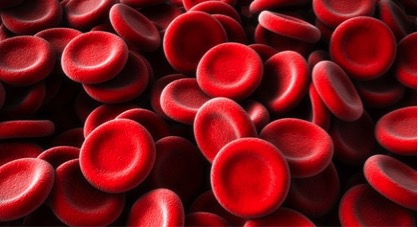 Bioenergetics
Bioenergetics
Lactate/Pyruvate: To screen for possible mitochondrial disorders, our lab uses the technique of measuring the lactate: pyruvate (L:P) ratio. Pyruvate, an intermediate metabolite plays an important role in linking amino acid metabolism to the TCA cycle, the fatty acid beta-oxidation pathway and the mitochondrial respiratory chain complex. The L:P ratio is elevated (L:P >20) in several, but not all, mitochondrial respiratory chain disorders. A low L:P ratio (<10) has been observed in inherited disorders of pyruvate metabolism including pyruvate dehydrogenase complex (PDHC) deficiency.
Oxidative Phosphorylation: Info to come
Thiamine Status: Since red blood cells do not contain mitochondria, the only method of these cells to generate NADPH is through the pentose phosphate pathway (PPP). The PPP reduces glutathione with NADPH to maintain the structure of hemoglobin and additionally, allows it to uphold its ferrous state. Transketolase is a thiamine pyrophosphate-requiring enzyme that catalyzes reactions within the PPP; therefore, the rate of transketolase activity would also proportionally indicate whether the cells are deficient or normal.
Bioenergetic Services
For more information about Lactate/Pyruvate, Oxidative Phosphorylation, and Thiamine Status services or to make an appointment to drop off samples, please contact Sarah Wong at swwwong@ucdavis
